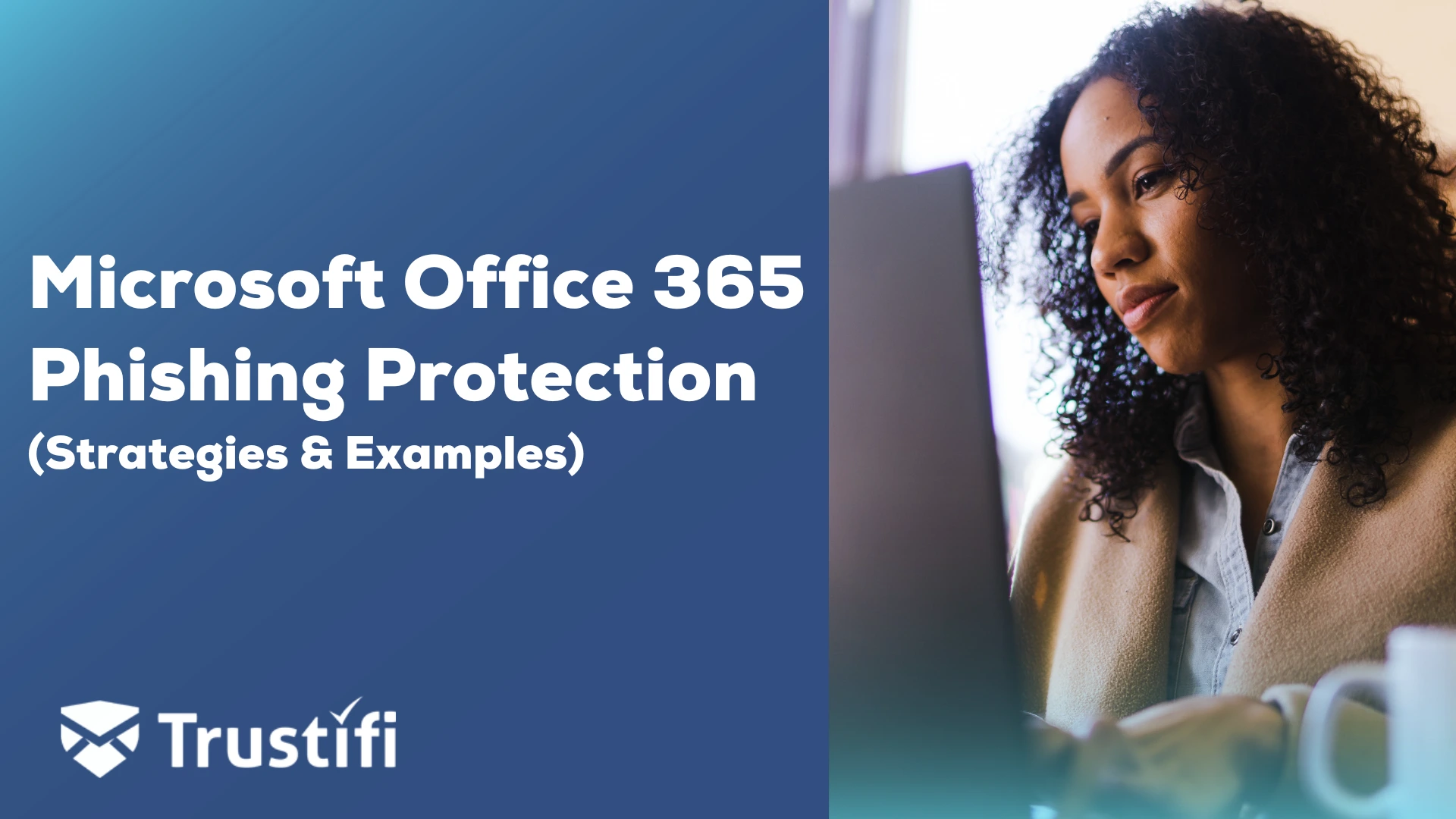You’ve probably heard the term “cybersecurity” before, but do you know what it actually means? To put it simply, cybersecurity is the process of defending your computers and electronic devices from attacks such as malware, viruses, and phishing. While viruses and malware are pesky problems that can wreak havoc on your devices, phishing is a particularly nasty form of cybercrime that you should learn how to protect yourself against.
What is Email Phishing?
Phishing is a process that cybercriminals use to steal identities and personal or financial information. Most often, the theft process happens through email phishing, where phishers send legitimate-looking emails (sometimes including links or pop-ups) that ask for sensitive information. The goal of these emails is to trick people into providing personal and financial data. It’s essentially a very sneaky form of online theft. So, how do you protect yourself from phishing emails?
Easy Ways to Avoid Email Phishing
The first and most obvious step is always to be wary of any emails that you open. Pay attention to the small details, like the email address of the sender, particularly if the email is asking you to provide sensitive information. If you think that an email may be phony, delete it and don’t respond (learn
what to do if you responded already). Additionally, never click suspicious links or open attachments, and certainly don’t fill out any information. Remember, legitimate companies won’t ask for personal information via a link or a pop-up window. If you have doubts about the legitimacy of an email, go directly to the source instead. Additionally, always verify a site’s security before you enter any personal information. To ensure that a site is secure, check that the URL starts with “https” and that there is a padlock icon in the address bar.
It’s also a good idea to make sure that you are keeping your browser up to date. Popular browsers will release security updates to prevent loopholes that cyber scammers may find and exploit. Each time you receive a notification about updating your browser, you should do so immediately.
What more can you do?
If you are taking all these precautionary measures but are still concerned about your online security (rightfully so!), it may be a good idea to install an email filter. These filters will scan for spam and stop phishing emails from reaching your inbox. Alternatively, you could try installing an
anti-phishing toolbar (available as a browser add-on or plugin), which will alert you if you click on a malicious website.
Another best practice to stop phishing emails is to make sure that you are using firewalls to shield your computer or network. There are both software and hardware firewalls available, so it’s a good idea to do some research on which type you think would benefit you. There are pros and cons to both types of firewall protection, but either one will sufficiently assist you in stopping email phishing.
Phishing is, at best, an annoyance that we could really do without. But, at its worst, it has the potential to lead to serious identity and financial theft. It’s always a good idea to put best practices in place to protect yourself from phishing scams and stop phishing emails. Make sure that you take advised precautionary measures to keep your online security protected. And, if you want the added protection, Firewalls, email filters, and anti-phishing toolbars are all
great ways of building extra security layers to help stop email phishing. Take a look at the
services we offer to help keep your business email secure!
Resources
KnowBe4. “10 Ways to Avoid Phishing Scams.” Phishing,
www.phishing.org/10-ways-to-avoid-phishing-scams.
“The Phishing Menace and Ways to Protect Your Online Identity.” Cyberoam, www.cyberoam.com/phishing.html.


